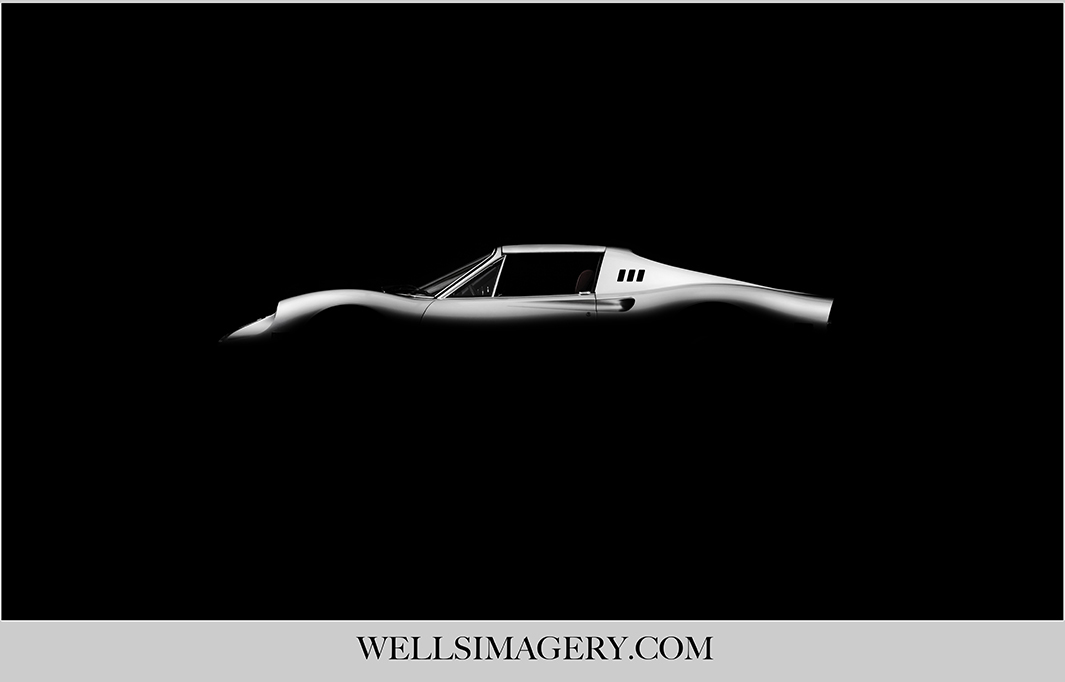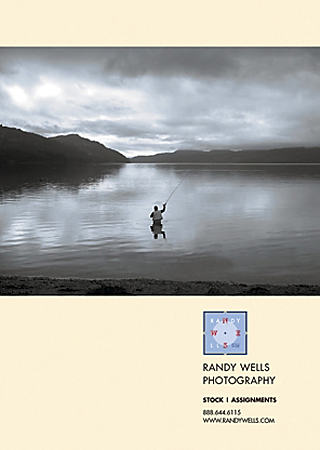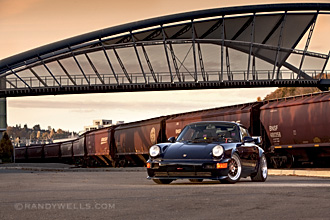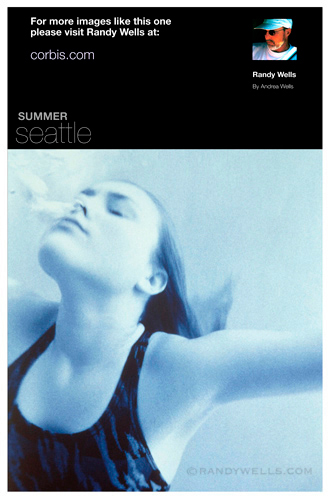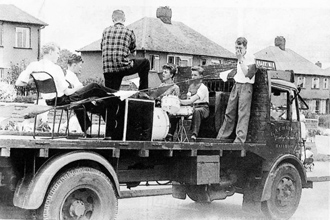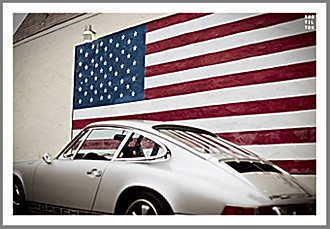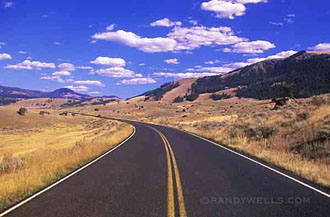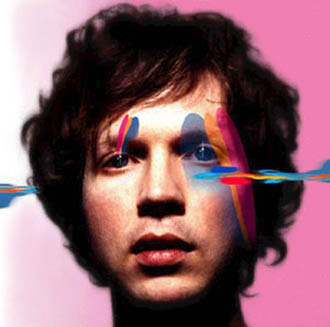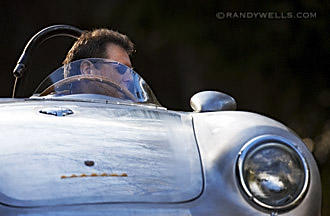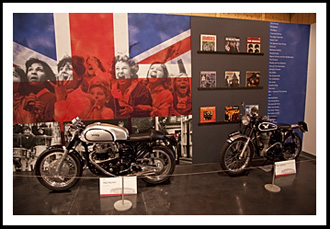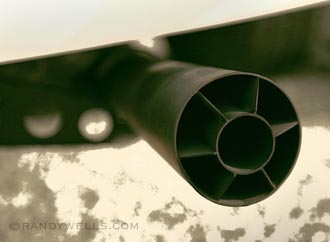This time of year I’m usually in need of a vacation. My meter gets pegged (if you know what I mean), and I no longer want to be an urban outlaw. I don’t even want to be a suburban outlaw. What I want to be is a guy in the sticks with nothing much to do. Continue reading “”
Author: Randy Wells
CLUB SPORT
Excellence Magazine just published my article and photos on this outlandish Porsche 911. It’s one of 28 US delivered Club Sport 911s that was turned into a Porsche Club of America spec race car.
To many it might seem illogical to take a limited edition 1988 Carrera Club Sport in Dark Blue, one of only four made, and modify it for racing. But is it really that sacrilegious? Doesn’t ‘Club Sport’ suggest sports purpose club competition? Wasn’t the Porsche name originally built on its motorsports heritage? Isn’t the 911 the most popular car to use for PCA racing? Perhaps all that’s needed is to read the full story for it to make some sense. Continue reading “”
PART II. 15 TIPS FOR THE DIGITAL PHOTOGRAPHER
This is my second article in the creativity and photographic process series from 2012:
Many of these tips I credit to other photographers and authors, especially Ernst Haas, Sam Abell, and Deanne Delbridge.
1. Work with the minimum amount of equipment and be totally familiar with it. Consider exercising with your gear before a shoot.
2. Check all cameras, lenses and flash units before any shoot remove smudges from lens elements/filters, dust from sensors, and charge all batteries.
3. Take more batteries and digital media storage than you think you will need.
4. Know before you go: Research your subject and location for favorable concepts and backgrounds. Weather is a factor, but remember bad can be good.
5. Rest completely and eat little before shooting.
6. Check your histogram for exposure, then forget about the review monitor as much as possible.
7. Never say to yourself, I’ll get it later.
8. Listen to your intuition. Turn around. Look up. Place the camera on the ground or over your head.
9. Look for unusual lighting, perspectives, backdrops, foregrounds, framing elements, details, symbols, reflections, and colors that accentuates the subject’s character.
10. Work slowly, remain open and flexible, pursue your own vision, go beyond expectations. Have fun and photograph what appeals to you.
11. Practice using your position and the viewfinder to eliminate distracting elements at the edges of the frame and near your main subject. Remember, the eye of the viewer will always go first to the brightest, most colorful area.
12. Be descriptive without showing everything. Eliminate any contradictions in the image. Place the horizon line thoughtfully. The above are most important when you are excited.
13. Compose formally, and use a tripod when you can, but allow informality to take the image to another place, to a picture you can’t memorize.
14. Try to weave two or three photos together into one with layers of information.
15. Attitude is everything.
Also, periodically answer these questions in writing:
What is the most important thing in my life?
At what times do I feel most alive?
What is my personal definition of photography?
Where would I like to be as a photographer?
What’s keeping me from getting there?
What are my greatest strengths and weaknesses as an artist?
What am I trying to say?
“What does my dream job look like?”
If I could make just one set of photographs what would it be?
10 DAYS ON THE ROAD : BACK WITH A TROPHY
Just back from a road trip that will generate more photo stories for me in less time than any other. I traveled from Seattle to Salt Lake City and back again in my modified 1972 911 T/ST, about half of it on back roads.
The Porsche Club of America held its annual Porsche Parade event in SLC – a land of religious freedom and ultimate land speeds (some of it in in record-breaking heat). 110 degrees Fahrenheit is fine if you are sitting in your air-conditioned car. Unfortunately, I did not have that luxury. And neither did Jeff Barstow, my co-driver, when it came to laying down some fast runs at PCA national level autocross competition. Continue reading “”
WHEN LENNON MET MCCARTNEY
55 years ago, on the afternoon of July 6th 1957, a skiffle group called The Quarrymen played in the garden of St Peter’s Church in Liverpool. While setting up their equipment to play, the bass player, Ivan Vaughan, introduced the band to one of his classmates from Liverpool Institute, the 15-year-old Paul McCartney. John Lennon, lead singer and guitarist for the group, was one year older than McCartney. The pair chatted for a few minutes, and McCartney even showed Lennon how to tune a guitar. Continue reading “”
HAPPY 4TH OF JULY!
Congratulations to Bob Tilton on the 2nd anniversary of his WerkCrew blog site. It’s been a pleasure to be involved in his projects and to watch him grow as a photographer. The guy’s got a seriously good eye.
Also, be sure and check out the “VPI Traveler Turntable and Dynavector Cartridge Giveaway” from Music Direct on Michael Fremer’s Analog Planet site. You could win a brand-new record spinner!
SEEING THE WORLD THROUGH A NORMAL LENS
It’s been a long time since I’ve used a fixed focal length normal lens for stills (the first time was when I bought a Canon AE-1 in 1976). I have a 50mm f2 Summicron for my Leica M rangefinder, though I use it more for personal work. As a cineamatographer, I also use several fast fixed focal length lenses on my 5D MK II DSLR for motion filming. Continue reading “”
1960’S LAUREL CANYON, LOS ANGELES REVISITED
In 1969, the Aquarian themes of Woodstock (peace, love and music) were being played out on a smaller scale in the secluded Los Angeles neighborhood of Laurel Canyon, which is defined by a road that links Hollywood Blvd. to Mulholland Drive. Two years earlier Joni Mitchell had purchased a wooden cottage that had been built by a jazz musician into the side of a hill on Lookout Mountain Avenue. Several of the songs Mitchell wrote at the time, including the title track of her third album, were a direct result of her embracing that slice of bohemian counter-culture. Continue reading “”
ALL-AMERICAN ROADS
When America’s best scenic drives are discussed, a few always make the list. US Hwy 1 on the Pacific Coast is an obvious choice, as is Going-to-the-Sun Road in Montana. As amazing as these roads are, over 20 more are considered “All-American Roads” (see below), and one in particular stands out above all the rest as being both uniquely uncrowded and spectacular. Continue reading “”
FAVORITE ALBUMS
Compiling a personal list of favorite albums can be challenging. From the first song to the last – not many records hang together as a whole.
This is one of the supposed advantages of downloading singles. You get to hear just the “good stuff”. Unfortunately, the good stuff tends to change with time, and this practice tends to ignore the concept of the well-crafted thematic album that can transport you to a another place. Continue reading “”
PART I. RANDY’S PHOTO TIPS – THE FIFTH ELEMENT IN PHOTOGRAPHY
Over the next three months, I’ll be posting once a month about creativity and photography. Here’s the first installment:
There are many ways to look at photography. Like music, one can see it as an expressive art form that captures an always-changing continuum. If you break down a photograph into only four elements you will probably come up with something like this: light, form, line and color. The corresponding elements in nature are: fire, air, earth and water, like the points of a compass. Going further, the elements of man reveal another quad: heart, mind, body and soul. There is also a fifth element to consider – that of transition, moment, space and consciousness. Continue reading “”
HANDS-ON 550
The current issue of Excellence, the premier US magazine about Porsche, features an article and photos of mine on a 1958 550A Spyder assembled with loving care by owner Steve Terrien and several other builders. Fortunately the original frame of Porsche 550A-0141, along with several other key parts, were in great shape to begin with. Continue reading “”
LEMAY – AMERICA’S CAR MUSEUM
I attended the grand opening of the LeMay automotive museum in Tacoma, Washingon this past weekend. Wow, the cars on display and facility were truly impressive. With it’s 160,000 sq. ft. four-story/underground ramp displays, there was something for everyone. The attendees certainly looked like they were having a great time. Continue reading “”
MEMORIAL DAY WEEKEND AUTOCROSS
Autocrossing a Porsche 911 is a blast! Plus it’s a safe form of motorsports that teaches discipline and car control on a closed course where the only thing you might hit is a small rubber pylon. Solo 2 Autocross Handbook
PORSCHE 911 GT3 RALLY VIDEO
Ride onboard with Ruben and Petra Zeltner, winners of the Sachsen Rallye 2012 in their Porsche GT3, on Stage 4 “Stangengrün” at Zwickau, Germany.
Warning – may cause car sickness.. or a fear of trees.
CALIFORNIA : HERE I CAME
I love California. It’s my favorite U.S. state to visit. Don’t get me wrong. My home state of Washington is one of the best places to be in July/August/September. It’s the other 9 months that can be spotty. Continue reading “”
